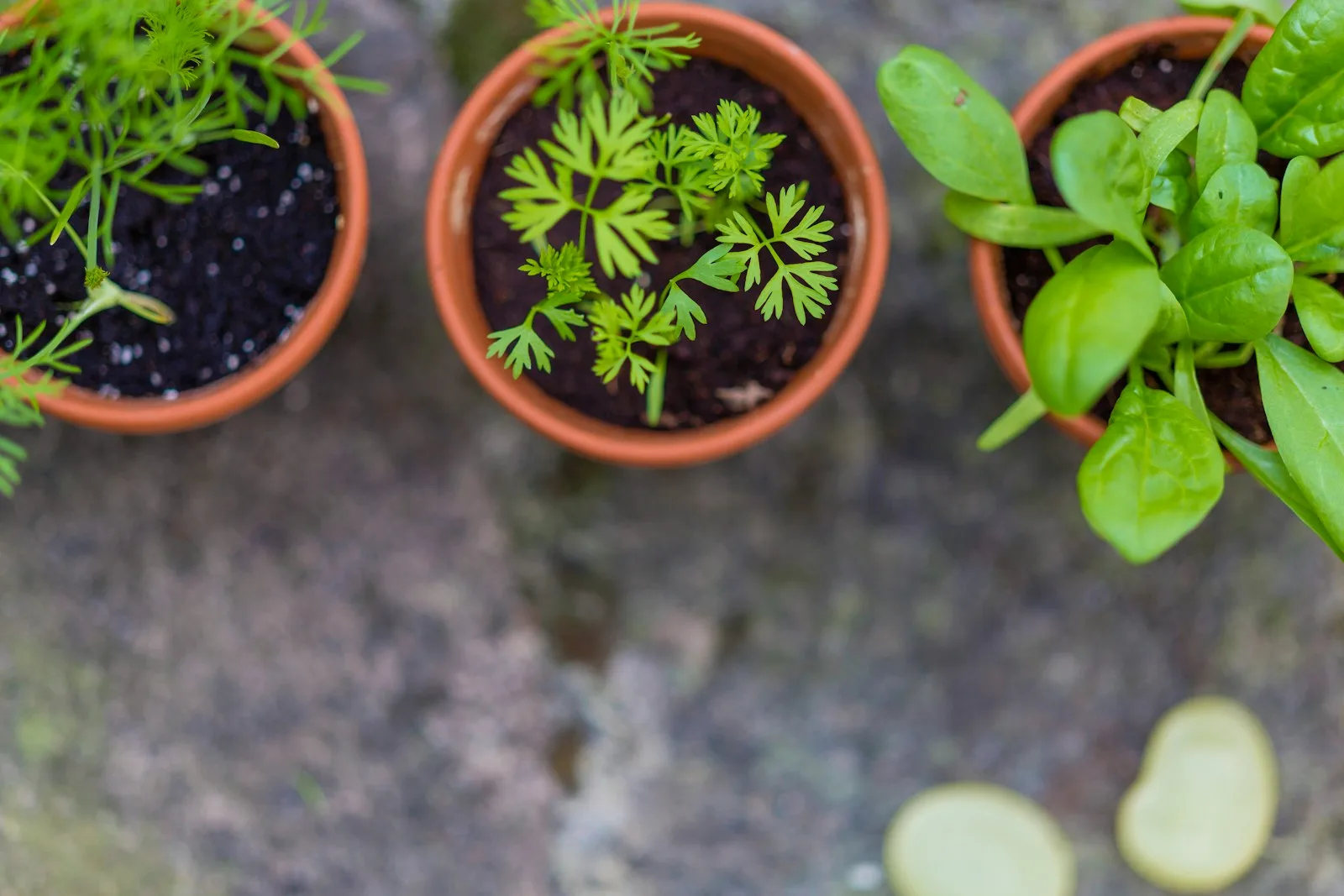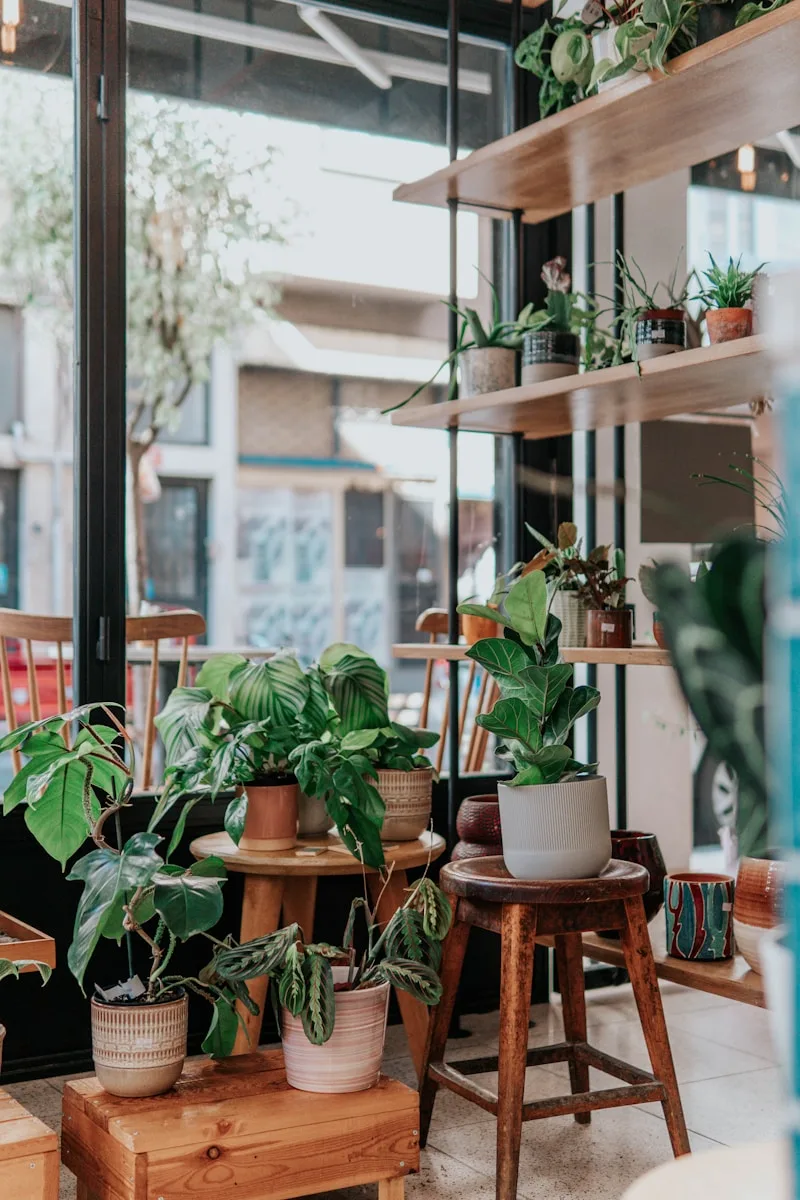
Table of Contents
If you’ve ever tasted the bright, fresh flavor of basil in a rich pesto pasta dish or a refreshing caprese salad, you already know the culinary magic this herb can work.
But if you want to maintain this fascination and the health of your basil plant, it is important to understand the technique of collecting basil leaves properly.
Not only will proper harvesting techniques keep your plant healthy and productive, but it will also ensure you have a steady supply of this herb all season long.
The Consequences Of Improper Harvesting

Although harvesting basil may seem easy, many gardeners make the mistake of plucking leaves from the base of the plant or severing them at random.
This technique has the potential to significantly stunt plant growth because removing unruly leaves makes it difficult for the plant to efficiently photosynthesize, which is essential for its health and growth. Furthermore, pruning too close to the base results in sparse vegetation, which discourages the formation of new branches.
Another common mistake is making uneven or ragged cuts by hand or with dull scissors. Because damaged areas provide free access to pathogens and pests, these sharp cuts can increase a plant’s susceptibility to disease and pests. This causes the plant to die very quickly in addition to stunting its growth.
Additionally, improper pruning can stress the plant and cause it to bolt or flower and seed prematurely. This shift of energy from leaf production to reproduction defeats the whole point of growing basil, producing tougher, less palatable leaves.
However, by being aware of these common mistakes and avoiding them, you can maintain the health and productivity of your basil plant throughout the growing season.
Sign up for Chip Chick’s newsletter and get stories like this delivered to your inbox.
Harvesting Basil The Right Way

Thus, your harvesting technique and timing are critical to a strong, healthy basil plant. You should always mow the top of your plant, just above the leaves, to encourage growth.
Ultimately, this will encourage the plant to bloom more by encouraging it to sprout and produce new branches.
When To Harvest Your Basil
Timing is also important when it comes to harvesting basil. The best time to start is when the plant is at least six to eight inches tall and has six leaves.
Regular harvesting after this point is beneficial as this prevents the plant from growing and spoiling. Since vegetable oils are at their highest in the morning, harvesting at this time of day will yield the strongest flavor.
Basil Flowers: To Cut Or Not To Cut

Your basil plant will now direct its energy from leaf formation to flower and seed production once it begins to bloom. As a result, the flavor and quantity of your leaves may deteriorate.
Therefore, pinch off any flower buds as soon as they appear to ensure a high-quality crop. By doing this, you can prolong the vegetative stage of your plant and stimulate leaf growth.
Preserving Your Basil Harvest
You’ll also want to keep your basil as fresh as possible for as long as feasible after harvesting. Keeping the newly cut stems on your tabletop in a glass of water like to a bouquet is one efficient way to display them.
Alternatively, you may cut the leaves and toss them with olive oil for extended storage. You may then freeze them in an ice cube tray after that.
Another alternative is dried basil, although the fresh taste is lost somewhat. All you need to do, though, is hang the basil upside down in a dry, warm location. Simply crush the leaves and store them in an airtight container after they have dried.
READ | Marigold Missteps: 1 Common Mistake You Can Make With Your Plants
- Can You Leave Chargers Plugged In All the Time? An Expert’s Insight
- PUBG Mobile 3.7 update: Check out soon Expected date, new features and more
- Fortnite: New and Upcoming Mythic and Exotic Items in Fortnite Chapter 6, Season 2
- Fortnite: Ways to increase your power in Save The World
- How the third constitutional presidency could be brought about by Trump

